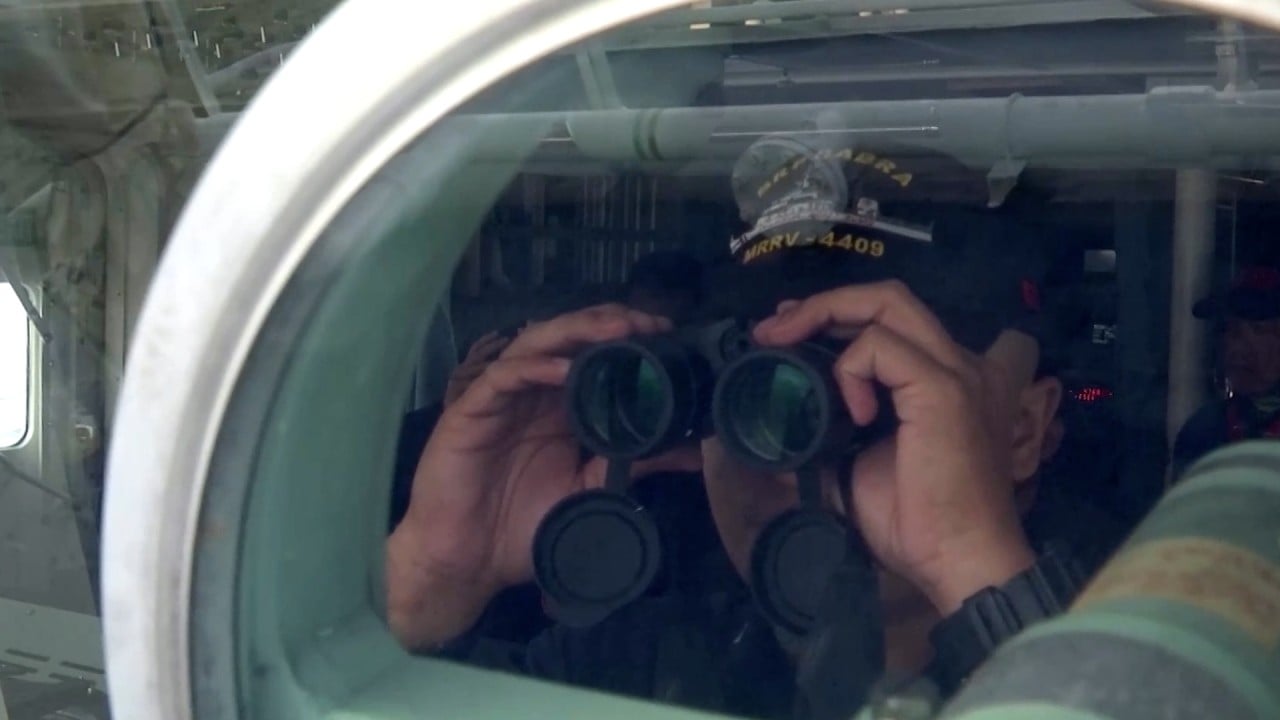GCAP is Japan’s first major industrial defence collaboration with countries other than the US since 1945. With its new Asian headquarters in Japan, BAE Systems is expected to strengthen its cooperation with major Japanese companies involved in the trilateral project, such as Mitsubishi Heavy Industries.
“GCAP represents a key capability in Japan’s strategy to upgrade and modernise its air defence systems,” said John Bradford, executive director of the Yokosuka Council on Asia-Pacific Studies.
Advertisement
“In a Taiwan Strait scenario, China is likely to attack the allied airbases in Japan to prevent fighters at those facilities from challenging China’s campaign to gain air dominance.
“Thus, the air battle above Japan and the one involving aircraft flying from Japan will be critical to the war’s outcome.”
Advertisement
“The new fighter jet is envisaged to at least allow Japan to sufficiently safeguard its home island airspace and reduce reliance on the [US] in the event the US military needs to muster all available resources to a Taiwan combat theatre,” Koh said.
“An expeditionary role for [Japanese] combat aviation is a possibility, but one that needs to be considered carefully, especially given geopolitical sensitivities with Japan’s neighbours.”

When contacted by the Post, the company simply said it has always had an office in Tokyo, and its presence and profile in the region “reflect our commitment to the strategic security of the Indo-Pacific, in support of our customers’ critical missions to stay ahead of emerging threats”.
Advertisement
The US defence giant has maintained close ties with Tokyo for several decades, where the two recently had deals to deliver the Patriot Advanced Capability-3 (PAC-3) surface-to-air missile defence system and the F-35 stealth fighter jet.
Koh said BAE Systems and Lockheed Martin moving their Asian headquarters to Japan is a “confluence of both commercial and political factors”.
Why Japan is seeking to boost regional deterrence with US and South Korea
Why Japan is seeking to boost regional deterrence with US and South Korea
“[Tokyo] is lining up a series of procurement programmes as part of the massive defence build-up … So shifting the [headquarters] to Japan helps facilitate these major business deals,” he said.
Advertisement
“Underpinning this, of course, has been the evolving geopolitical dynamics in the region, especially [northeast] Asia where Japan is situated in view of the security challenges from China, and over the Korean peninsula.”
Last weekend, Taipei said Beijing sent 32 aircraft and nine vessels towards the island, only a few days after Washington approved a US$500 million arms sale to Taiwan, including military equipment such as infrared search and track systems for F-16 fighter jets.
Advertisement
The 2023 budget for the Japanese Self-Defence Forces, announced in December 2022, totalled 6.8 trillion yen (US$52 billion) – up 26 per cent from 2022 and the largest increase in military spending since 1952.
Stephen Nagy, a professor of politics and international studies at International Christian University in Tokyo, said Japan’s focus is on enhancing Taiwan’s defence capabilities to prevent any potential conflict.
“[Japan] prioritises deterrence to prevent forced reunification as it watches Chinese military exercises in and around Taiwan,” he said. “As a result, it becomes increasingly committed to finding opportunities to deter Chinese military aggression within the region.”
Koh stressed that northeast Asia is already seeing clear signs of arms competition between China and the US, where the Western arms suppliers’ collaboration with Washington’s Asian allies will raise the arms competition in the US-China rivalry.
“The defence industrial collaboration between the West and US allies in Asia would be perceived by China as part of a US-led containment scheme and be used as justification for Beijing’s own military build-up,” Koh said.
“This in turn feeds into the ongoing Sino-US arms dynamics, potentially widening the political schism between these two powers.”
Advertisement



